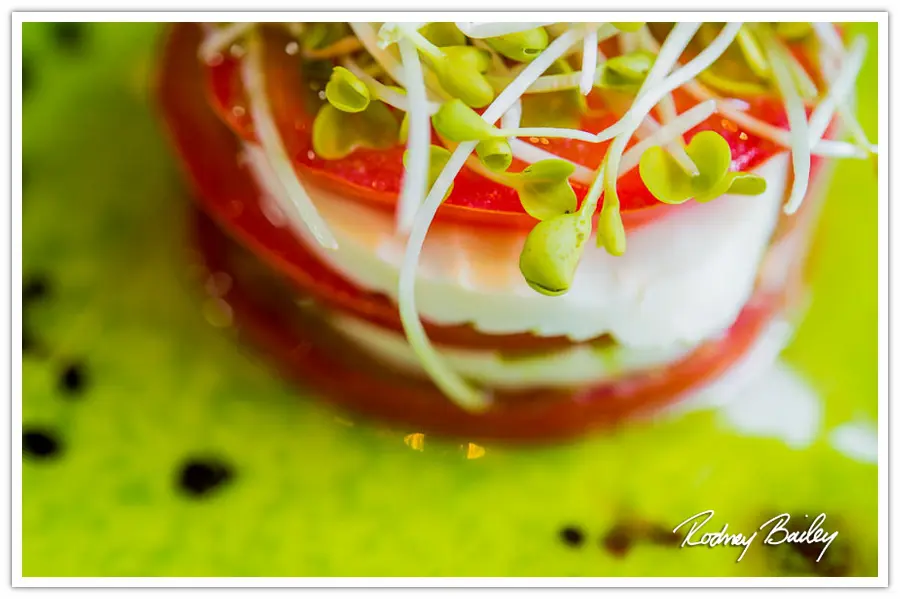
Be Pro Food and Restaurant Photographer in Washington DC

Be Pro Food and Restaurant Photographer
As a food and restaurant photographer, your primary focus will be to capture visually stunning images of food and beverages, restaurant interiors and exteriors, and other related subjects.
You will work with restaurants, catering companies, food blogs, magazines, and other businesses that require high-quality food photography.
Some of the key responsibilities of a food and restaurant photographer include the following:
• Collaborating with chefs and stylists to determine the best way to showcase food
• Setting up and adjusting lighting and other equipment to achieve the desired look and feel
• Selecting the best angles and compositions for each shot
• Editing and retouching images to enhance their visual appeal
• Ensuring that the final images meet the client’s specifications and requirements
• Building a portfolio of work to showcase your skills and attract new clients
Pro Tips and Tricks for Food Photography
Food photography is about capturing the beauty and essence of food in a way that makes it look as appetizing and appealing as possible.
Here are some tips, tricks, and ideas to help you take your food photography to the next level:
Lighting is key
Use natural light whenever possible, and avoid harsh overhead lighting that can cast unflattering shadows. You can also use a reflector to bounce light back onto the subject and create a softer, more even light.
Composition is important
Experiment with different angles and compositions to find the most visually interesting shot. Try shooting from above, at a slight angle, or at eye level with the food. Use the rule of thirds to create a balanced and visually appealing composition.
Props can add interest
Use props such as plates, utensils, napkins, and garnishes to add interest and texture to your photos. Make sure the props complement the food and don’t overpower it.
Shoot quickly
Food can lose its freshness and appeal, so be prepared to shoot quickly and efficiently. Have all your equipment and props ready to go before you start shooting, and work as quickly as possible to capture the food at its best.
Play with color
Use colorful ingredients and backgrounds to add visual interest and make the food pop. You can also experiment with different color palettes to create a mood or atmosphere in your photos.
Focus on details
Pay attention to the small details, such as the texture of the food, the steam rising from a hot dish, or the way a sauce drizzles over a dish. These details can help bring your photos to life and make the food look even more delicious.
Don’t be afraid to get messy
Food is messy and imperfect, so don’t be afraid to embrace those imperfections in your photos. Show the crumbs, drips, and spills to create a sense of authenticity and realism.
Your job will involve collaborating with chefs, stylists, and other professionals to create images that showcase food in an appetizing and attractive way.
You will need a keen eye for detail, an understanding of lighting and composition, and a strong sense of creativity. You will also need to be skilled in using photography equipment such as cameras, lighting, and editing software.
Social Media Food Photography in the World
Social media food photography refers to taking and sharing visually appealing food images on social media platforms such as Instagram, Facebook, and Twitter. It has become increasingly popular recently as more people use social media to discover new restaurants, recipes, and food trends.
Social media food photography can serve a variety of purposes, including:
• Promoting restaurants and food products: Many restaurants and food brands use social media to showcase their food and attract new customers.
• Sharing recipes and cooking tips: Social media food photography is a great way to share recipes and cooking tips with a wider audience.
• Building a following: Food bloggers and photographers use social media to build a following and establish themselves as experts in the food industry.
Social media food photography often involves using various techniques to capture the beauty and appeal of food, such as lighting, composition, and color. Food photographers and bloggers use these techniques to make their images stand out and capture the attention of their followers.

